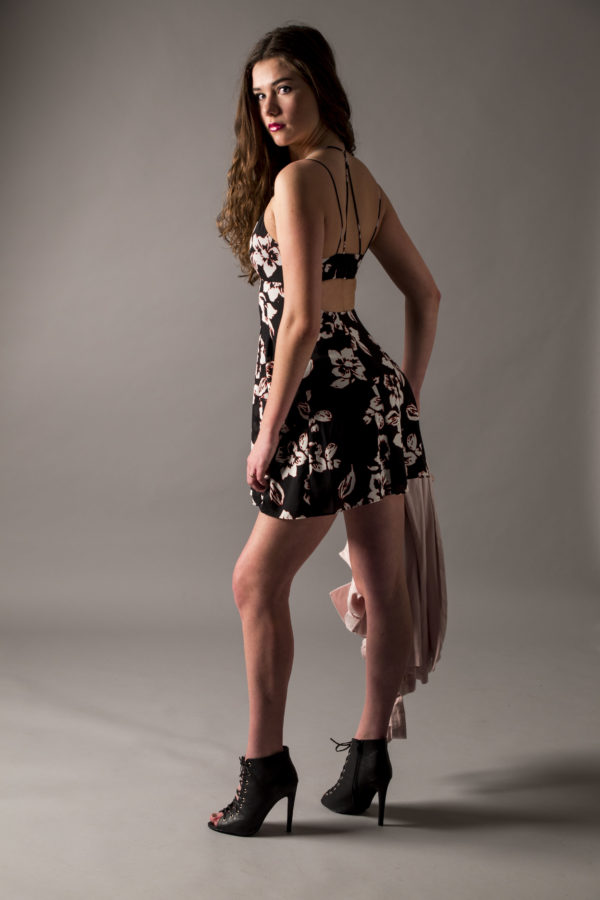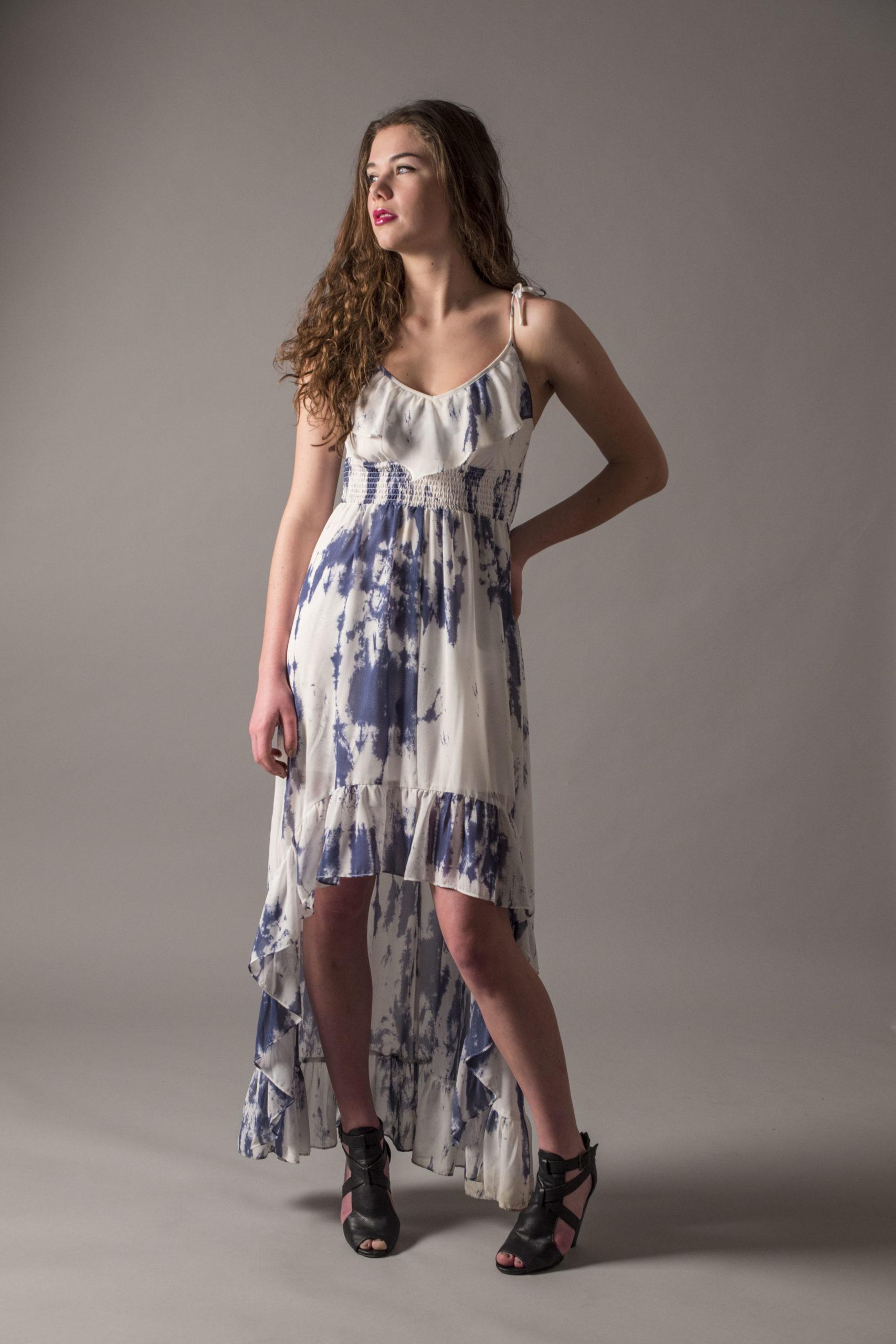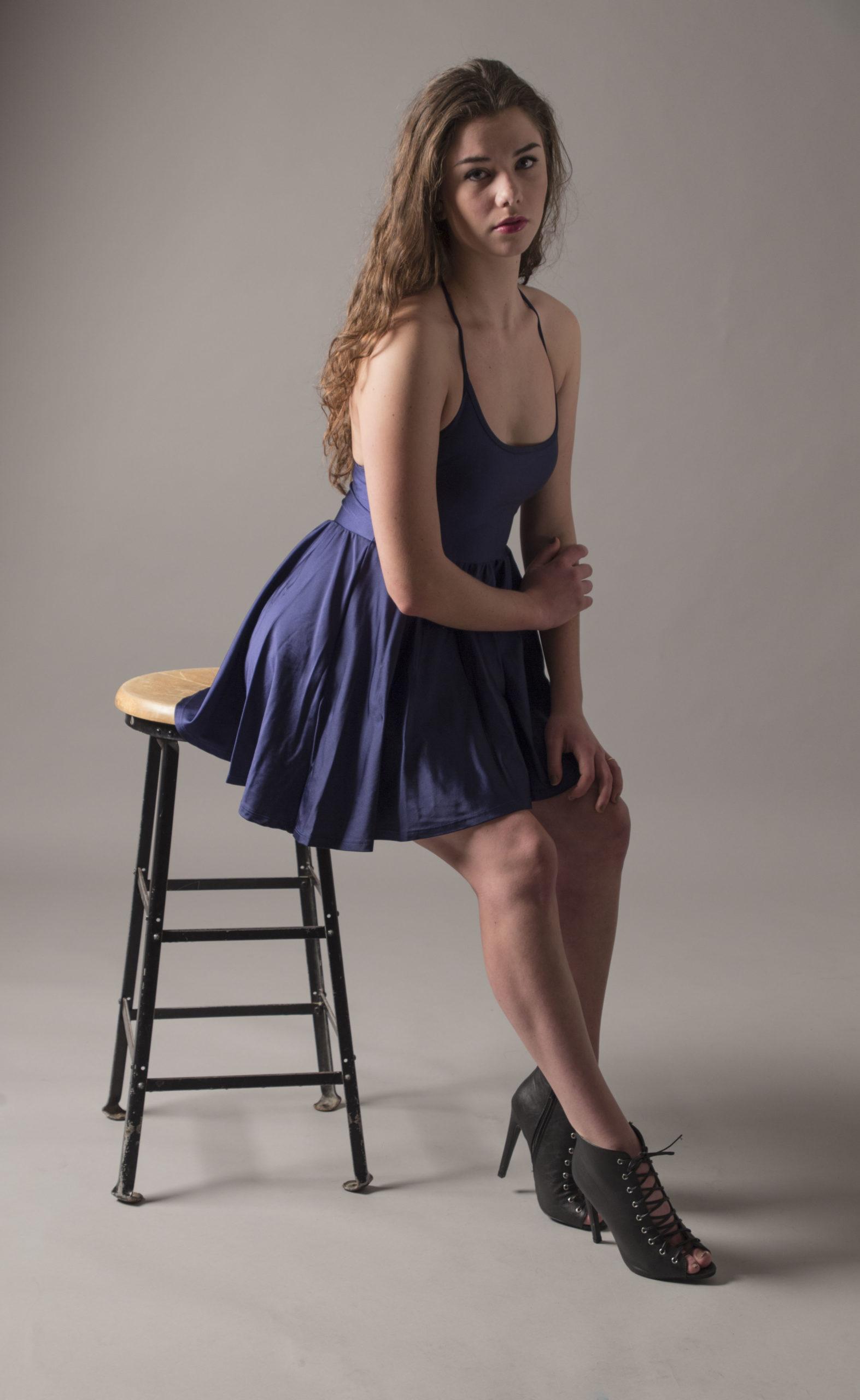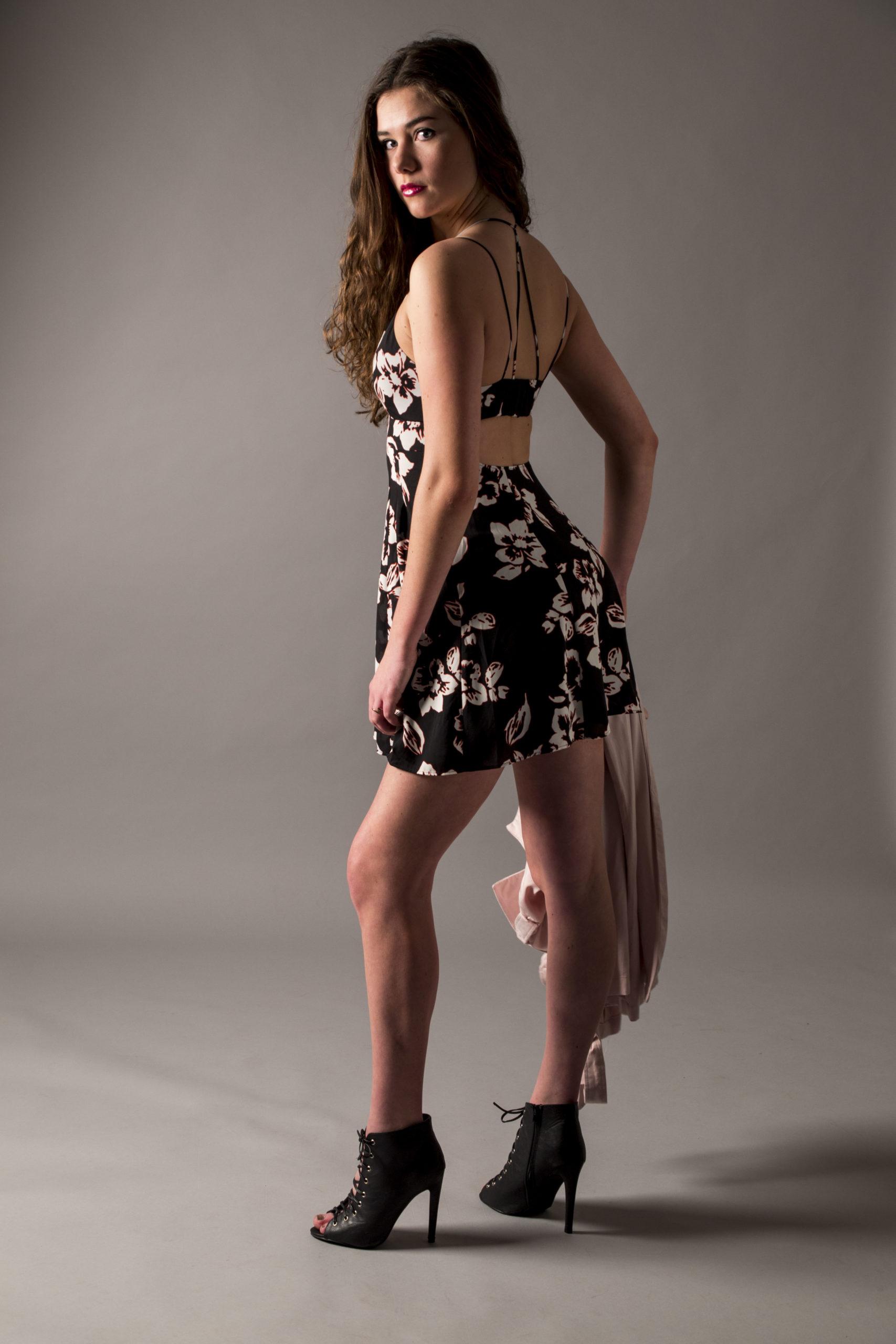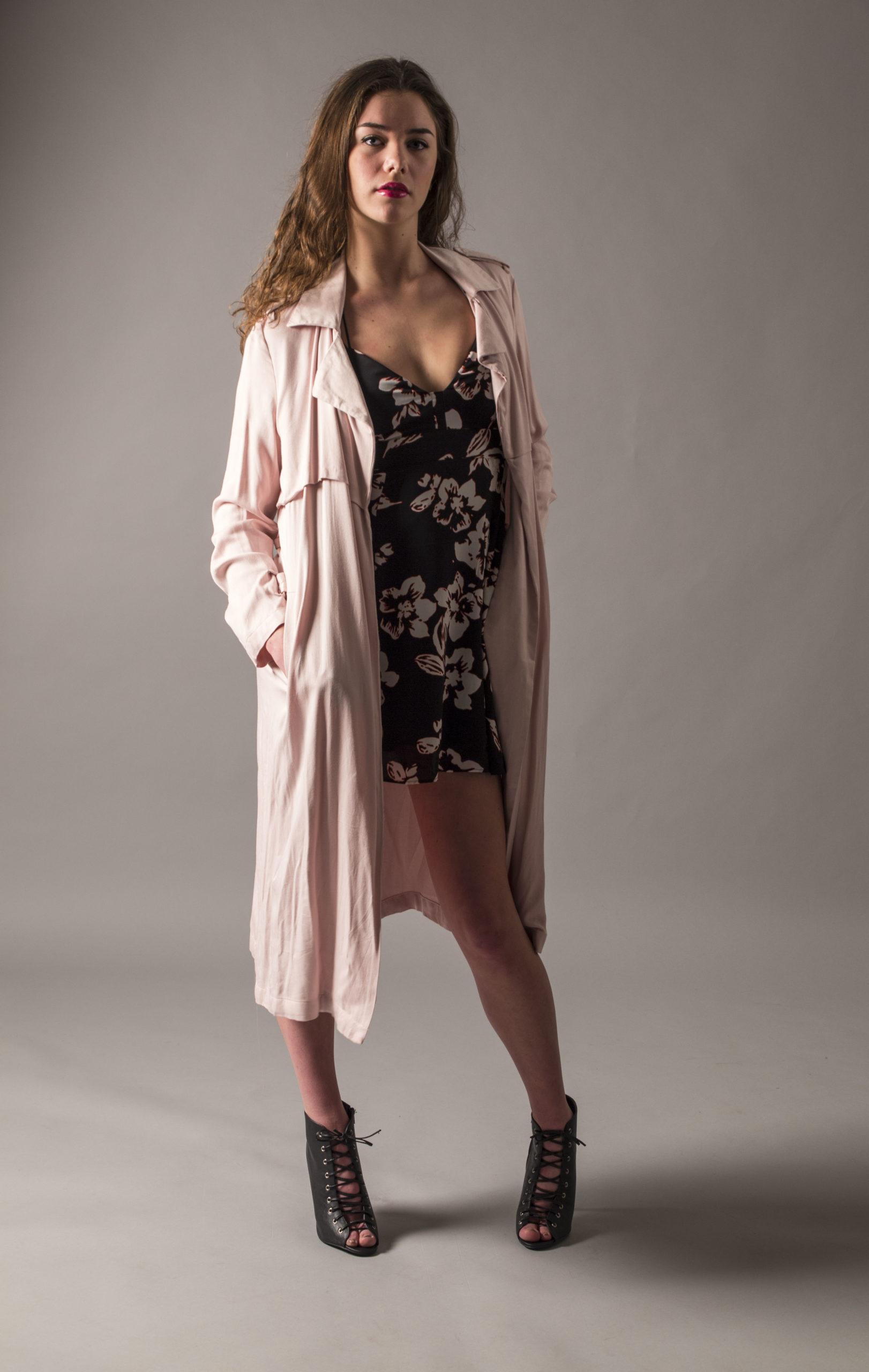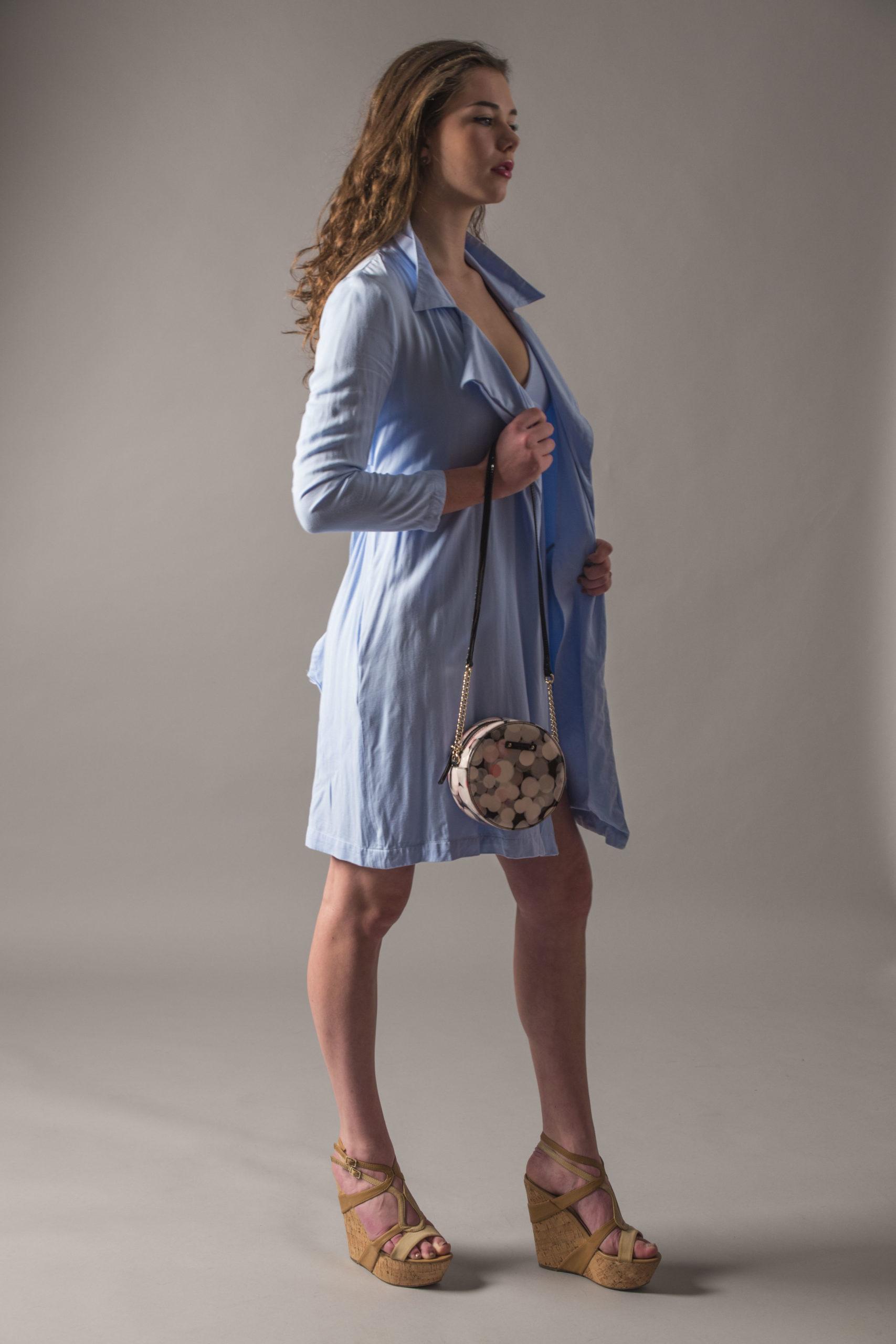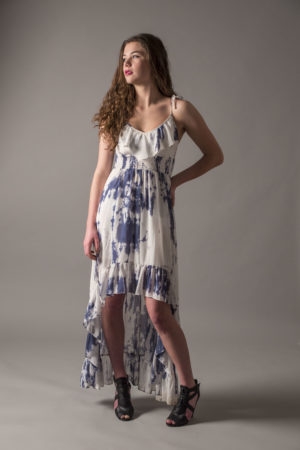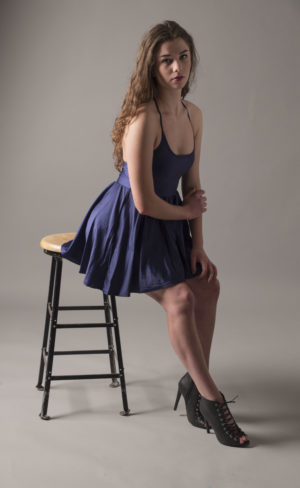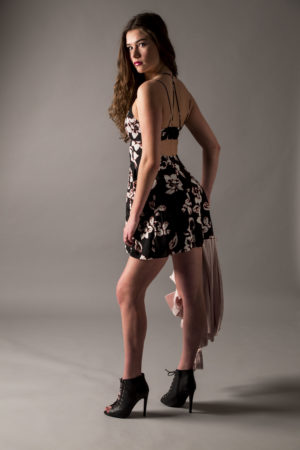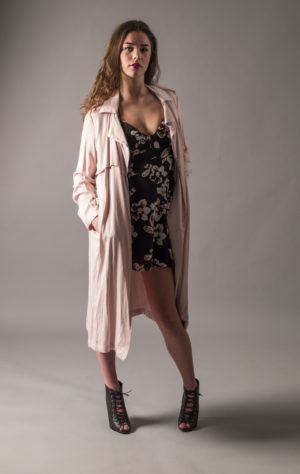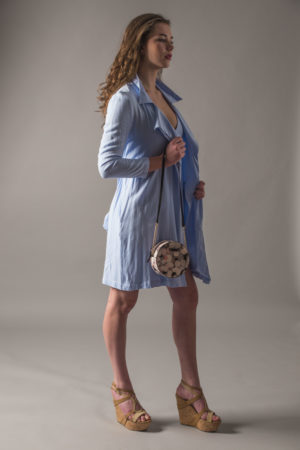Colors brighten our world through outdoor scenery, art masterpieces and fashion creations. In addition, colors are very symbolic. From the day we are born, we are dressed in either pink or blue to convey the message “It’s a boy” or “It’s a girl” to the world.
Pink makes some people think of Barbie, bubblegum, romance and Valentine’s Day. That wasn’t always the case, though. In the past, pink wasn’t even considered its own color, but just a “light red.”
“In the 18th century, it was perfectly masculine to wear a pink silk suit with floral embroidery,” according to fashion scholar Valerie Steele, director of The Museum at the Art Institute of Technology.
The color pink actually remained gender neutral until the 80s when advertising executives saw an opportunity to use color to market directly to a specific gender, regardless of preferences. Studies show both genders strongly prefer blue to pink, and that over time our impression of pink is becoming progressively negative, carrying with it undertones of passive behavior, immaturity, and frivolousness, according to Lone Wolf’s editor Sara Soares.
A few subversive artists are undermining the existing connotations of pink such as Beverly Semmes’ “The Feminist Responsibility Project” Lady Pink, the “first lady” of graffiti and Beyoncé’s choice of pink text on her self-titled album cover. These ladies are all on their way to becoming feminist icons.
On the other end of the spectrum is the male equivalent of pink: blue.
Blue represents both the sky and the sea and is often associated with open spaces, freedom and imagination. The color blue has positive effect on the mind and can cause the body to produce relaxing, tranquil chemicals. We feel a sense of calm if we lie in the grass and look into a sapphire blue sky.
Blue had first become the high fashion color of the wealthy and powerful in Europe in the 13th century, when it was worn by Louis IX of France. Wearing blue meant wealth and intelligence and was restricted to the noble.
Later on towards the 18th century, blue started to communicate feelings of trust, loyalty and importance, which is where the corporate blue power suit and the blue uniforms of police officers came from. Now in our day and age, almost everyone owns a pair of the iconic denim blue jean.
Blue isn’t just looked at as a color anymore, sayings and terms have snuck their way into our language. The term “feeling blue” conveys a person’s sadness or illness and saying “out of the blue” is used when something unexpected happens. Something we can all relate to is the phrase “blue Monday,” which is the feeling of sadness experienced when the weekend ends and the work week (or school week) begins.
Both these colors have past connotations – but you should wear whatever makes you look and feel your best. Check out the photos above for some inspiration.
Photographer: Jacqueline Wammes

